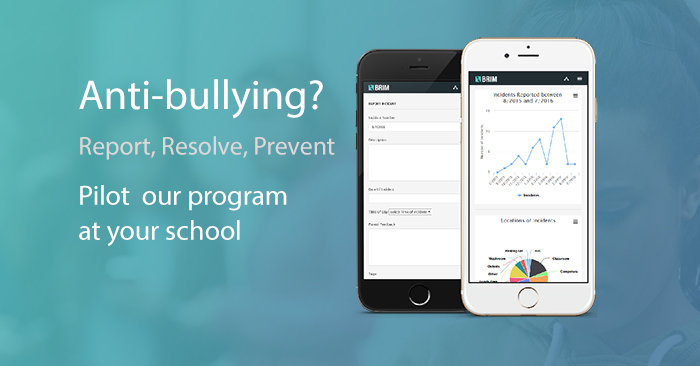After years of humiliation and rejection, a small percentage of bullied students each year tragically end their lives by either imploding (committing suicide) or exploding (going on a violent rampage against their oppressors.)
The National School Safety Center (http://www.schoolsafety.us/) has an assessment tool shown below that can be used to determine a child’s risk of taking violent action. This tool is particularly useful because it’s been derived from analysis of school-related violent deaths in the United States from 1992 to present.
How to Complete the Teen Violence Checklist
Each item below is worth 5 points. Here’s how to interpret your child’s score:
- 5-20 points: Child is potentially at risk for juvenile misbehavior.
- 25-50 points: Child is at risk and needs significant amount of positive support, mentoring, role modeling and skill building.
- 55 points and above: Child is a ‘ticking time bomb’! The child and immediately family are at risk. Seek immediately help from social and health services, youth service professionals and law enforcement.
The Predicting Teen Violence Checklist
_______ Has a history of tantrums and uncontrollable angry outbursts.
_______ Characteristically resorts to name calling, cursing or abusive language.
_______ Habitually makes violent threats when angry.
_______ Has previously brought a weapon to school.
_______ Has a background of serious disciplinary problems at school and in the community.
_______ Has a background of drug, alcohol or other substance abuse or dependency.
_______ Is on the fringe of his/her peer group with few or no close friends.
_______ Is preoccupied with weapons, explosives or other incendiary devices.
_______ Has previously been truant, suspended or expelled from school.
_______ Displays cruelty to animals.
_______ Has little or no supervision and support from parents or a caring adult.
_______ Has witnessed or been a victim of abuse or neglect in the home.
_______ Has been bullied and/or bullies or intimidates peers or younger children.
_______ Tends to blame others for difficulties and problems s/he causes her/himself.
_______ Consistently prefers TV shows, movies or music expressing violent themes and acts.
_______ Prefers reading materials dealing with violent themes, rituals and abuse.
_______ Reflects anger, frustration and the dark side of life in school essays or writing projects.
_______ Is involved with a gang or an antisocial group on the fringe of peer acceptance.
_______ Is often depressed and/or has significant mood swings.
_______ Has threatened or attempted suicide.


